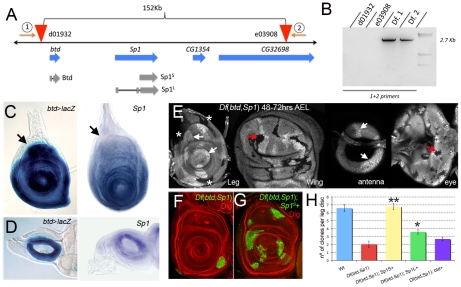Figure 1. Generating a deficiency for btd and Sp1.
(A) Genomic organization of the btd and Sp1 genomic region. While btd only encodes for one isoform, Sp1 encodes for two, a small one (Sp1-PB (Flybase) or Sp1S,) and a larger one (Sp1-PD (Flybase) or Sp1L). Two FRT-containing P elements, d01932 and e03908, are situated 5′ and 3′ of btd and Sp1, respectively. The PCR primers used to molecularly confirm the deficiency are indicated (1 and 2). (B) PCR confirmation of Df(btd,Sp1). Using the primers shown in (A), no product is observed in the original P element stocks, while a 2.7 kb product is observed in two independently generated Df(btd,Sp1) stocks. (C,D) btd and Sp1 expression patterns visualized by btd-Gal4>UAS-lacZ and Sp1 in situ hybridization, respectively, in third instar leg (C) and antennal (D) imaginal discs. Note the absence of btd or Sp1 expression in the presumptive body wall of the leg (arrows). (E) Df(btd,Sp1) mutant clones (absence of signal) are difficult to recover in the btd/Sp1 expression domain when they generated before the third instar (<72 hrs AEL). Twin spots (white arrows) and clones in proximal regions (asterisks) can be observed, as can clones in the wing or eye discs (red arrows). Only twin spots are recovered in the medial antenna (white arrows). The images of the antenna and eye discs represent two different confocal planes of the same disc. (F) Df(btd,Sp1) clones generated 48–72 hrs AEL positively marked by ß -Gal staining (green) in the leg survive poorly and tend to segregate from the surrounding tissue. The disc is co-stained for Discs large (Dlg) which labels all cell membranes (red). (G) MARCM Df(btd,Sp1); Sp1S+ mutant clones generated in parallel to those in (F) are recovered more frequently than Df(btd,Sp1) mutant clones, indicating rescue. (H) Quantification of rescue. Sp1 rescued the number of clones in the leg disc (only telopodite clones were scored). Note that Sp1S rescued better then Sp1L. Clones were induced 48–72 hrs AEL. The rescue experiments with Sp1S or Sp1L, but not with btd+ (p>0.05), show a statistically significant difference from the control experiment (Df(btd,Sp1); * p<0.05 and ** p<0.001 with Student's t-test).

